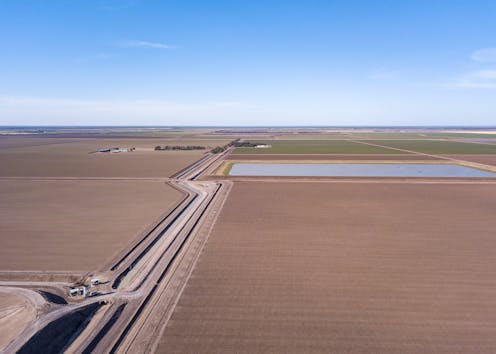The rains have finally arrived in the Northern Murray Darling Basin. Hopefully, this drought-easing water will flow all the way down to the parched communities and degraded habitats of the lower Darling.
How much water goes downstream, however, does not just depend on how much it has rained.
It also greatly depends on how much is extracted and consumed upstream, and the rules and enforcement around these water extractions.
Simplistic or knee-jerk responses to water insecurity, such as banning irrigation for “thirsty crops” such as cotton, will not fix the water woes of the basin.
The harder and longer path is to deliver real water reform as was agreed to by all governments in the 2004 National Water Initiative and that includes transparent water planning enshrined in law.
Read the story from The Conversation by the Director of the Centre for Water Economics, Environment and Policy from the Crawford School of Public Policy at the Australian National University, Quentin Grafton - “While towns run dry, cotton extracts 5 Sydney Harbours’ worth of Murray Darling water a year. It’s time to reset the balance.”


No comments:
Post a Comment